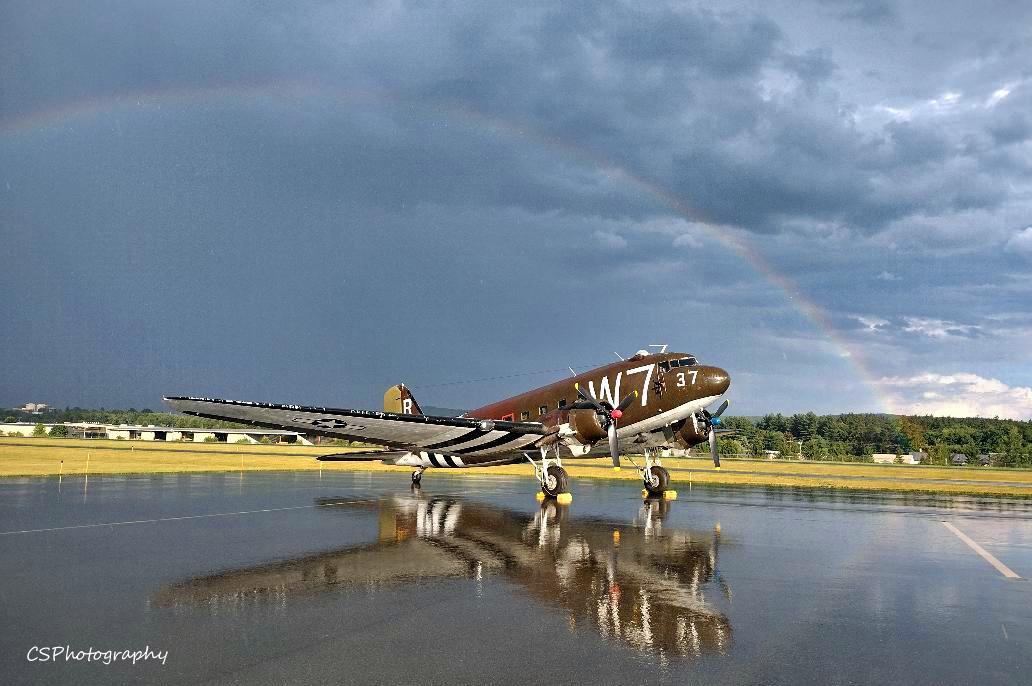
C-47A
C-47A-70-DL Skytrain
"Whiskey 7"

"Whiskey 7"
National Warplane Museum
The Douglas C-47 Skytrain — known as the Dakota in Commonwealth service — remains one of the most significant military transport aircraft in aviation history. Adapted from the legendary DC-3 airliner, the C-47’s versatility and ruggedness made it indispensable across every theater of World War II.
First delivered in 1943, the C-47A was the backbone of Allied air transport and airborne operations throughout the war. Its ability to carry cargo, troops, paratroopers, and gliders directly into combat zones revolutionized modern warfare. No aircraft type is more closely associated with the dramatic airborne drops of D-Day, where waves of C-47s delivered thousands of paratroopers into Nazi-occupied Europe.
The C-47 served in roles including troop transport, cargo delivery, glider towing, paratrooper drops, medical evacuation, and supply runs. It was pivotal in key operations such as D-Day (Normandy), Operation Market Garden, and Operation Varsity. Its simple design, short-field capabilities, and unmatched durability allowed it to operate in some of the most difficult combat environments of the war.
Douglas C-47A-70-DL Skytrain ‘Whiskey 7’ (Manufacturer’s No. 13803 / Military No. 43-30652 / N# N345AB)
Built in 1943, this C-47A — now famously known as ‘Whiskey 7’ (W7) — flew as the lead aircraft of the second wave of paratrooper drops on D-Day, June 6, 1944, carrying members of the 82nd Airborne Division into Normandy. After WWII, the aircraft continued military service before transitioning into civilian hands for several decades.
In 2004, ‘Whiskey 7’ was donated to the National Warplane Museum, where it has since undergone extensive restoration. Over the years, Museum volunteers have worked tirelessly to return the aircraft to its original D-Day configuration, including interior restoration, authentic paint schemes, and fully operational flight status. ‘Whiskey 7’ remains one of only a handful of C-47s that still fly today, proudly serving as a flying ambassador for WWII veterans and the Museum’s educational mission.
Future restoration plans include restoring the original radio operator’s station and returning the exterior to a fully accurate D-Day-era olive drab scheme, once sufficient funding is secured. The aircraft continues to fly regularly, participating in airshows, ceremonies, and educational outreach events — offering visitors the rare opportunity to experience history not only up close, but in flight.
"Whiskey 7," D-Day Veteran
WWII USAAC Transport
Donated by Polly Hill
Method: Donated
Hangar #1
Other aircrafts in our collection


